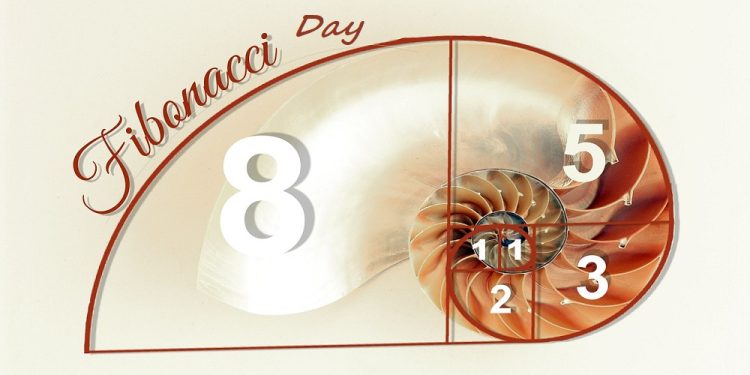
Fibonacci Day
Fibonacci Day is a time to consider one of the greatest mathematicians of all time. There are Fibonacci numbers everywhere, which explain the date of the day, as well as contribute to fun for children to learn and discover more about the man and math. So, why is it celebrated on November 23rd? Well, the first four Fibonacci numbers are 1, 1, 2, 3 (November 23rd), so it all starts to make sense.
Who Was Fibonacci?
As with many people of the time, it is not certain as to when Fibonacci was born and died, but it is estimated to be around 1170 – 1240. An Italian mathematician, Fibonacci is often considered to be the most forefront and talented Western mathematician of the Middle Ages.
Known for many important mathematical writings such as the “Book of the Abacus” (1202), as well as the Fibonacci sequence. The Fibonacci sequence requires the adding of two previous numbers to calculate the next, hence the 1, 1, 2, 3 that has today become the date of Fibonacci Day.
There isn’t a lot known about the man behind the math, but it is believed that he was sent by his father to study calculation under the tutorship of an Arab master. He was born and died in Pisa and was also known as Leonardo of Pisa, Leonardo Bonacci, as well as Leonardo Bigollo of Pisa.
His experience of learning from merchants led to an understanding of their Hindu-Arabic methods of calculating arithmetic, which were easier to calculate. These sequences were not uniquely his own, however. They have appeared in teachings from Indian mathematicians, but he was the first to raise awareness of the theory and bring it to a Western audience.
How To Apply Fibonacci Sequence
The sequence is simple and can be applied to various calculations and even be found in nature, in how leaves are arranged on a stem, the arrangement on a pinecone, and many other ways.
Even the petals on flowers can be arranged in such a way, especially since most flowers have petals that amount to 3, 5, 8, 13, 21, and so on. It starts with the simple adding of the previous two numbers to calculate the third, as follows: 0, 1, 1, 2, 3, 5, 8, 13, 21.
How To Observe Fibonacci Day?
For students, acknowledging Fibonacci Day can be a great way of learning about math, science, and history in one go. The best way to get involved is to go a little deeper like many classes around the world. Here are some of the ways to observe the day:
- Learn about the Fibonacci sequence; watch a video to find out more.
- Search for evidence of the sequence in day-to-day life. This can be in nature, out with friends, or even at home.
- Find out about other famous mathematicians.
- Find and complete worksheets from Fibonacci’s theories.








